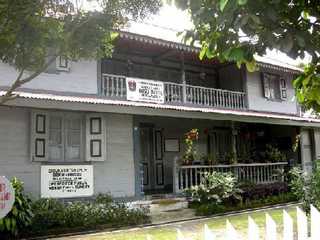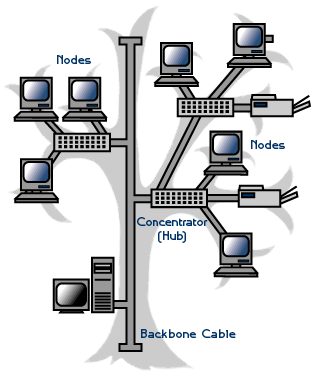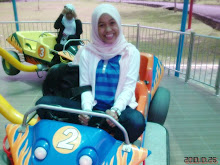On October 28, 1928, Indonesian youth nationalists from all over the country proclaimed a historic Youth Pledge, known as “Sumpah Pemuda”, for a unity of homeland, nation and language. This pledge helped Indonesia’s unification in Indonesia’s struggle for Independence. Ever since then, the Youth Pledge has been the quintessential symbol marking youth’s role and involvement in a nation building and development.
As a youth, and as an Indonesian, one could not help but to question whether any development has occur within the youth’s movement in the past 79 years. In evaluating this situation, we shall first analyze the challenges faced by each youth movement. This analysis is needed because the characteristic of a youth’s movement is largely intertwined with the challenges faced by such movement. Hence a comparative analysis on the characterization of the youth’s movement and its challenges before and after 1928 has to be employed.
Youth’s movement before the year of 1928 faces the challenge of colonialism and the repression of any freedom, particularly for any freedom of expression and right to education. This challenge is not only faced by Indonesian youth movement, but almost any other movement in any colonized territory. Specifically in Indonesia, the youth movement is characterized with segregation. This character is due to nature of multicultural Indonesia which is comprised more than 300 ethic groups and 200 different languages that stretch across 1,919,440 km². Along with this nature is the divide et impera’s politic employed by the Dutch colonialism.
The second character of youth’s movement pre-1928 is how it was led by intellectuals that reside in foreign countries. This character is mostly caused by the nature of education provided by the Dutch colony in Indonesia by that time. Education in Indonesia was only limited to an exclusive class of society, and focused on professional training rather than on higher graduate education. This tendency occurs because the Dutch colony’s need to have employees in the bureaucracy and equality of the Dutch children residing in Indonesia while trying to prevent any movement for independence on Indonesia’s part.
The youth’s movement after 1928, particularly after Indonesia’s independence, faces challenges that are different from the challenges faced by the youth movement before 1928. The challenges faced by nowadays youth movement are the fight for democracy and human right, global economy, free trade, and Indonesia’s position within the world’s economic and political realm.
Although the different challenges being faced by nowadays youth movement, there are similar traits from which we may take lessons from. The nature of these challenges are actually same, in spite of its’ different outlook. There still exist, however, a tension between the developed and developing countries, and many views free trade as consequence of globalization is a tool of neo-colonization. Therefore, despite the different outlook that nowadays challenges presents, we are still facing the same demon: colonization.
Moreover, if we compared the second character of youth movement, the number of intellectuals that reside in foreign countries is not too much difference either. The number of intellectuals residing in foreign countries is still and even higher than pre-1928. For instance, there are around 20.000 Indonesian youth intellectuals in Australia, 26.000 in Malaysia, 5000 in Egypt and more than hundred thousands spread in United State, Europe, India, Japan and others.
Based upon this comparison, there are certain actions that could be taken by the present youth movement, particularly for the youth living and/or residing in foreign countries, to handle the national and international challenges.
- First, in fighting against the challenges by the outside world, Indonesia would first need strength.
- Second, intellectuals residing in foreign countries can have much more access to sources that are not available in Indonesia.
- Third, the fact that we are all Indonesians means that we all represent Indonesia either we are residing in Indonesia or abroad.
Bearing in mind that the past experience had shown us how we are able to make changes through actions taken in foreign countries that would eventually shape and influence the national development that will bring Indonesia become a greater nation. Unfortunately, till today there has not a global unity among Indonesian youth across the world nor enough coordination and communication between domestic and international youth movement. Consequently, the youth movement and its role are become powerless to tackle current challenges.
the diorama about sumpah pemuda
opinion:i think with the 'youth pledge' in our nation, it would be increase our spirit to united our nation NEGARA KESATUAN REPUBLIK INDONESIA (NKRI).
and with the ceremony to remind the 82nd Indonesian youth pledge we can remember that spirit and make a better nation for our better life..
:D
and with the ceremony to remind the 82nd Indonesian youth pledge we can remember that spirit and make a better nation for our better life..
:D
Free Template Blogger collection template Hot Deals SEO



















